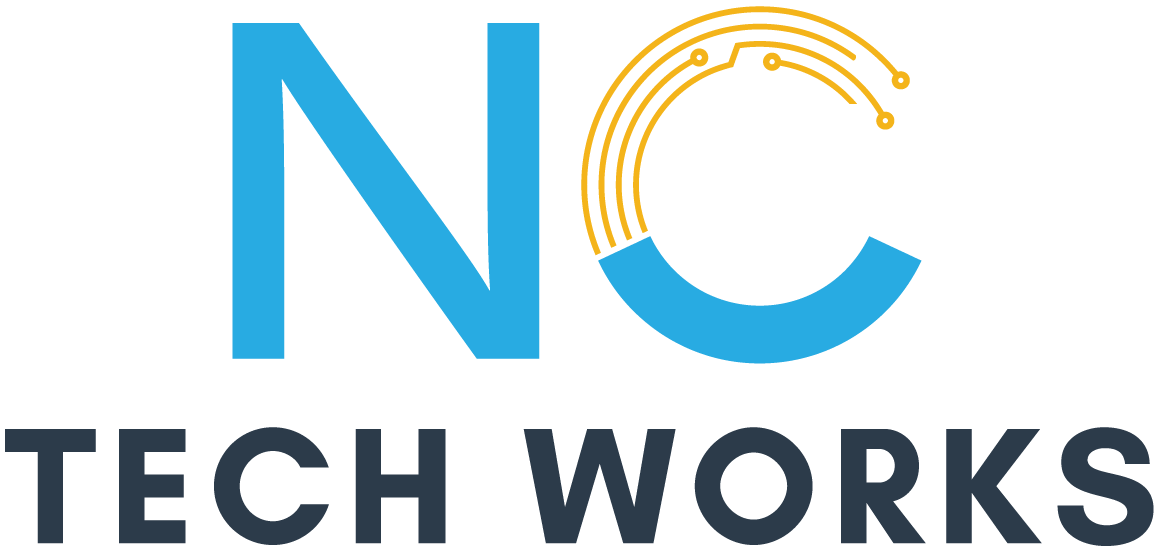Facilitating Activities
The facilitator of this course may be a teacher, coach, media or technology specialist, or simply the designated sponsor of a Digital Ambassadors team. The facilitator should determine preferences for how activities are completed and student work is turned in. The course provides suggestions, but a Google Site is NOT a Learning Management System (LMS), so it doesn't have many of the features you might find in an LMS. It does provide access to all of the content and handouts students need to be successful. Feel free to customize how you and your students use them.
Earning badges and certificates. The course is designed to encourage students to take actions and create products to show their learning. Credit is not given for simply reading through the material. In fact, some students may not need to read all of the materials. If you have students who can demonstrate mastery of the content, either at the individual activity level or at the full module level, let them do it. At the end of each module is a final product that students should create to demonstrate they have mastered the content from the module and deserve a badge. Facilitators make the decision as to whether students have successfully mastered the content and deserve a badge. If a student struggles on their first attempt to create a product worthy of a badge, let them revise it, or try a different approach. This course is based on demonstrating competencies, not being compliant.
Individual versus group work. Use the instructional groupings that best suit your Digital Ambassadors working through the content. You may choose to have students complete some activities independently. Others are appropriate for small- or even whole-group work.
Discussions. Both in-person and online courses often include opportunities for students to discuss content. Most LMS have discussions built-in, but this site does not support that feature. Instead, use the discussion approach that best works for you. If your Digital Ambassadors gather together periodically, consider using that time for one or more discussions in the course. You can also set up a website or a series of shared folders on a drive accessible only to the Digital Ambassadors to simulate a discussion board.
There are even free discussion-based applications facilitators can use to support discussions by text, images, and video. Consider whether one of the following might work:
- Padlet. A visual collaborative space that allows students to post text, images, documents, links, and comment on posts.
- Blogger. A blogging tool from Google in which facilitators can post discussion topics that students reply to.
- Dotstorming. Another visual collaborative space that can rank posts through votes. ($25 annual subscription)
- Piazza. A wiki-style interface that supports threaded discussions.
